https://www.boredpanda.com/top-100-world-photos-influential-all-time/?utm_source=google&utm_medium=organic&utm_campaign=organic
Top 100 Of The Most Influential Photos Of All Time
1.1Mviews
With
millions of pictures taken every day we can easily get lost in the vast
world of images. That's why TIME magazine decided to create a list of
100 most influential pictures ever taken. They teamed up with curators,
historians, and photo editors around the world for this task.
"There
is no formula that makes a picture influential," the editors said.
"Some images are on our list because they were the first of their kind,
others because they shaped the way we think. And some made the cut
because they directly changed the way we live. What all 100 share is
that they are turning points in our human experience."
The
result they ended up with is not only a collection of superb images,
but incredible human experiences as well. "The best photography is a
form of bearing witness, a way of bringing a single vision to the larger
world." However, this is not the only TIME 100 - previously the
magazine has released Top 100 novels, movies, influential people, and
other noteworthy lists.
More info: time.com
#1 The Terror Of War, Nick Ut, 1972
The
faces of collateral damage and friendly fire are generally not seen.
This was not the case with 9-year-old Phan Thi Kim Phuc. On June 8,
1972, Associated Press photographer Nick Ut was outside Trang Bang,
about 25 miles northwest of Saigon, when the South Vietnamese air force
mistakenly dropped a load of napalm on the village. As the Vietnamese
photographer took pictures of the carnage, he saw a group... Read More
Yvonne Bernal 1 year ago Years
later Kim was removed while studying medicine from her university. She
was used as a propaganda symbol by the communist government of Vietnam.
In 1986, , she continued her studies in Cuba. In Cuba, she met Bui Huy
Toan, another Vietnamese student and her future fiancé. In 1992 they
married, and went on their honeymoon in Moscow. During a refuelling stop
in Newfoundland, they left the plane and asked for political asylum in
Canada, which was granted. The couple now live in Ajax, Ontario, and
have two children. In 1996, Phúc met the surgeons who had saved her
life. The following year, she passed the Canadian Citizenship Test with a
perfect score and became a Canadian citizen. In 1997 she established
the first Kim Phúc Foundation in the U.S., with the aim of providing
medical and psychological assistance to child victims of war
214
View More Replies... View more comments#2 The Burning Monk, Malcolm Browne, 1963
In
June 1963, most Americans couldn’t find Vietnam on a map. But there was
no forgetting that war-torn Southeast Asian nation after Associated
Press photographer Malcolm Browne captured the image of Thich Quang Duc
immolating himself on a Saigon street. Browne had been given a heads-up
that something was going to happen to protest the treatment of Buddhists
by the regime of President Ngo Dinh Diem. Once there he watched... Read More
14
View More Replies... View more comments#3 Starving Child And Vulture, Kevin Carter, 1993
Kevin
Carter knew the stench of death. As a member of the Bang-Bang Club, a
quartet of brave photographers who chronicled apartheid-era South
Africa, he had seen more than his share of heartbreak. In 1993 he flew
to Sudan to photograph the famine racking that land. Exhausted after a
day of taking pictures in the village of Ayod, he headed out into the
open bush. There he heard whimpering and... Read More
Yvonne Bernal 1 year ago I
shall always remember this little boy, and his photographer. When my
own burdens become heavy, this will be a good reminder that my own
plight is nothing compared to what these two endured.
46
View More Replies... View more comments#4 Lunch Atop A Skyscraper, 1932
It’s
the most perilous yet playful lunch break ever captured: 11 men
casually eating, chatting and sneaking a smoke as if they weren’t 840
feet above Manhattan with nothing but a thin beam keeping them aloft.
That comfort is real; the men are among the construction workers who
helped build Rockefeller Center. But the picture, taken on the 69th
floor of the flagship RCA Building (now the GE Building), was... Read More
Yvonne Bernal 1 year ago Interesting
at how much of an impact this photo made during it's heyday.... and
almost a hundred years later, people don't have the understanding of
what it represented.
26
View More Replies... View more comments#5 Tank Man, Jeff Widener, 1989
On
the morning of June 5, 1989, photographer Jeff Widener was perched on a
sixth-floor balcony of the Beijing Hotel. It was a day after the
Tiananmen Square massacre, when Chinese troops attacked pro-democracy
demonstrators camped on the plaza, and the Associated Press sent Widener
to document the aftermath. As he photographed bloody victims, passersby
on bicycles and the occasional scorched bus, a column of tanks began
rolling out of... Read More
Maggie Schmidt 1 year ago Actually
while others did both record and photograph the event, officials saw
them and came around the hotel gather an destroying films, the
photographer saw them pointing and quickly went inside and hide some of
his film (including photos and videos) in the top part of the hotel
toilet
25
View more comments#6 Falling Man, Richard Drew, 2001
The
most widely seen images from 9/11 are of planes and towers, not people.
Falling Man is different. The photo, taken by Richard Drew in the
moments after the September 11, 2001, attacks, is one man’s distinct
escape from the collapsing buildings, a symbol of individuality against
the backdrop of faceless skyscrapers. On a day of mass tragedy, Falling
Man is one of the only widely seen pictures that shows someone dying.
The photo was published in newspapers around the U.S. in the days after
the attacks, but backlash from readers forced it into temporary
obscurity. It can be a difficult image to process, the man perfectly
bisecting the iconic towers as he darts toward the earth like an arrow.
Falling Man’s identity is still unknown, but he is believed to have been
an employee at the Windows on the World restaurant, which sat atop the
north tower. The true power of Falling Man, however, is less about who
its subject was and more about what he became: a makeshift Unknown
Soldier in an often unknown and uncertain war, suspended forever in
history.
Miracle Emery 1 year ago I
saw him and many others fall to their deaths trying to escape the
flames live on national news, while I held my infant daughter in my arms
and wept, the nightmares haunted me for years the images bring tears to
my eyes to this very day. I will never forget.
62
View More Replies... View more comments#7 Alan Kurdi, Nilüfer Demir, 2015
The
war in Syria had been going on for more than four years when Alan
Kurdi’s parents lifted the 3-year-old boy and his 5-year-old brother
into an inflatable boat and set off from the Turkish coast for the Greek
island of Kos, just three miles away. Within minutes of pushing off, a
wave capsized the vessel, and the mother and both sons drowned. On the
shore near the coastal town... Read More
Gehtdich Nixan 1 year ago Please
let me correct the description. The boy died 02.09, the first trains
full with refugees arrived in Germany before the picture was shown in
media. Germany opened the borders before this very sad picture was
published. But yes, it is very sad, that so many european countries
still not open their borders and few countries have to carry the
"burden" alone.
This picture made me cry at work (and I am a man), because he remembers
me of my own son of the same age. Too many children suffer during all
this useless wars which only give few men money and power but destroy
thousands and millions of lives.
58
View More Replies... View more comments#8 Earthrise, William Anders, NASA, 1968
It’s
never easy to identify the moment a hinge turns in history. When it
comes to humanity’s first true grasp of the beauty, fragility and
loneliness of our world, however, we know the precise instant. It was on
December 24, 1968, exactly 75 hours, 48 minutes and 41 seconds after
the Apollo 8 spacecraft lifted off from Cape Canaveral en route to
becoming the first manned mission to orbit the moon. Astronauts Frank
Borman, Jim Lovell and Bill Anders entered lunar orbit on Christmas Eve
of what had been a bloody, war-torn year for America. At the beginning
of the fourth of 10 orbits, their spacecraft was emerging from the far
side of the moon when a view of the blue-white planet filled one of the
hatch windows. “Oh, my God! Look at that picture over there! Here’s the
Earth coming up. Wow, is that pretty!” Anders exclaimed. He snapped a
picture—in black and white. Lovell scrambled to find a color canister.
“Well, I think we missed it,” Anders said. Lovell looked through windows
three and four. “Hey, I got it right here!” he exclaimed. A weightless
Anders shot to where Lovell was floating and fired his Hasselblad. “You
got it?” Lovell asked. “Yep,” Anders answered. The image—our first
full-color view of our planet from off of it—helped to launch the
environmental movement. And, just as important, it helped human beings
recognize that in a cold and punishing cosmos, we’ve got it pretty good.
Zerina Bermudez 1 year ago love this photo. every single living thing we've ever known, minus the astronauts, all in this one shot.
20
View more comments#9 Mushroom Cloud Over Nagasaki, Lieutenant Charles Levy, 1945
Three
days after an atomic bomb nicknamed Little Boy obliterated Hiroshima,
Japan, U.S. forces dropped an even more powerful weapon dubbed Fat Man
on Nagasaki. The explosion shot up a 45,000-foot-high column of
radioactive dust and debris. “We saw this big plume climbing up, up into
the sky,” recalled Lieutenant Charles Levy, the bombardier, who was
knocked over by the blow from the 20-kiloton weapon. “It was purple,
red, white,... Read More
Yvonne Bernal 1 year ago I cannot even imagine a 45,000-foot-high column. This goes back to the saying that there are no winners in war.
37
View more comments#10 V-J Day In Times Square, Alfred Eisenstaedt, 1945
At
its best, photography captures fleeting snippets that crystallize the
hope, anguish, wonder and joy of life. Alfred Eisenstaedt, one of the
first four photographers hired by LIFE magazine, made it his mission “to
find and catch the storytelling moment.” He didn’t have to go far for
it when World War II ended on August 14, 1945. Taking in the mood on the
streets of New York City, Eisenstaedt soon... Read More
Casandra Nițescu 1 year ago well...it
IS sexual assault... I always thought these two were a couple, but now
that I know the truth this picture lost its shine to me. I seriously
hope that she took it well and thought of it as funny, or else this pic
is really messed up.
14
View More Replies... View more comments#11 Pillars Of Creation, Nasa, 1995
The
Hubble Space Telescope almost didn’t make it. Carried aloft in 1990
aboard the space shuttle Atlantis, it was over-budget, years behind
schedule and, when it finally reached orbit, nearsighted, its 8-foot
mirror distorted as a result of a manufacturing flaw. It would not be
until 1993 that a repair mission would bring Hubble online. Finally, on
April 1, 1995, the telescope delivered the goods, capturing an image of
the... Read More
6
View More Replies... View more comments#12 Fire Escape Collapse, Stanley Forman, 1975
Stanley
Forman was working for the Boston Herald American on July 22, 1975,
when he got a call about a fire on Marlborough Street. He raced over in
time to see a woman and child on a fifth-floor fire escape. A fireman
had set out to help them, and Forman figured he was shooting another
routine rescue. “Suddenly the fire escape gave way,” he recalled, and
Diana Bryant, 19, and... Read More
Yvonne Bernal 1 year ago Disturbing pictures are always worth sharing when the impact seen is so severe, that it evokes a change in society.
38
View more comments#13 A Man On The Moon, Neil Armstrong, Nasa, 1969
Somewhere
in the Sea of Tranquillity, the little depression in which Buzz Aldrin
stood on the evening of July 20, 1969, is still there—one of billions of
pits and craters and pockmarks on the moon’s ancient surface. But it
may not be the astronaut’s most indelible mark.
Aldrin never cared for being the second man on the moon—to come so far
and miss the epochal first-man designation Neil Armstrong earned by a
mere matter of inches and minutes. But Aldrin earned a different kind of
immortality. Since it was Armstrong who was carrying the crew’s
70-millimeter Hasselblad, he took all of the pictures—meaning the only
moon man earthlings would see clearly would be the one who took the
second steps. That this image endured the way it has was not likely. It
has none of the action of the shots of Aldrin climbing down the ladder
of the lunar module, none of the patriotic resonance of his saluting the
American flag. He’s just standing in place, a small, fragile man on a
distant world—a world that would be happy to kill him if he removed so
much as a single article of his exceedingly complex clothing. His arm is
bent awkwardly—perhaps, he has speculated, because he was glancing at
the checklist on his wrist. And Armstrong, looking even smaller and more
spectral, is reflected in his visor. It’s a picture that in some ways
did everything wrong if it was striving for heroism. As a result, it did
everything right.
23
View more comments#14 Albino Boy, Biafra, Don Mccullin, 1969
Few
remember Biafra, the tiny western African nation that split off from
southern Nigeria in 1967 and was retaken less than three years later.
Much of the world learned of the enormity of that brief struggle through
images of the mass starvation and disease that took the lives of
possibly millions. None proved as powerful as British war photographer
Don McCullin’s picture of a 9-year-old albino child. “To be a... Read More
Yvonne Bernal 1 year ago God bless Doctors Without Borders and the many other organizations who do so much to help those with so little
48
View More Replies... View more comments#15 Jewish Boy Surrenders In Warsaw, 1943
The
terrified young boy with his hands raised at the center of this image
was one of nearly half a million Jews packed into the Warsaw ghetto, a
neighborhood transformed by the Nazis into a walled compound of
grinding starvation and death. Beginning in July 1942, the German
occupiers started shipping some 5,000 Warsaw inhabitants a day to
concentration camps. As news of exterminations seeped back, the ghetto’s
residents formed... Read More
28
View More Replies... View more comments#16 Bloody Saturday, H.s. Wong, 1937
The
same imperialistic desires festering in Europe in the 1930s had already
swept into Asia. Yet many Americans remained wary of wading into a
conflict in what seemed a far-off, alien land. But that opinion began to
change as Japan’s army of the Rising Sun rolled toward Shanghai in the
summer of 1937. Fighting started there in August, and the unrelenting
shelling and bombing caused mass panic and death in the streets. But the
rest of the world didn’t put a face to the victims until they saw the
aftermath of an August 28 attack by Japanese bombers. When H.S. Wong, a
photographer for Hearst Metrotone News nicknamed Newsreel, arrived at
the destroyed South Station, he recalled carnage so fresh “that my shoes
were soaked with blood.” In the midst of the devastation, Wong saw a
wailing Chinese baby whose mother lay dead on nearby tracks. He said he
quickly shot his remaining film and then ran to carry the baby to
safety, but not before the boy’s father raced over and ferried him away.
Wong’s image of the wounded, helpless infant was sent to New York and
featured in Hearst newsreels, newspapers and life magazine—the widest
audience a picture could then have. Viewed by more than 136 million
people, it struck a personal chord that transcended ethnicity and
geography. To many, the infant’s pain represented the plight of China
and the bloodlust of Japan, and the photo dubbed Bloody Saturday was
transformed into one of the most powerful news pictures of all time. Its
dissemination reveals the potent force of an image to sway official and
public opinion. Wong’s picture led the U.S., Britain and France to
formally protest the attack and helped shift Western sentiment in favor
of wading into what would become the world’s second great war.
16
View More Replies... View more comments#17 Migrant Mother, Dorothea Lange, 1936
The
picture that did more than any other to humanize the cost of the Great
Depression almost didn’t happen. Driving past the crude “Pea-Pickers
Camp” sign in Nipomo, north of Los Angeles, Dorothea Lange kept going
for 20 miles. But something nagged at the photographer from the
government’s Resettlement Administration, and she finally turned around.
At the camp, the Hoboken, N.J.–born Lange spotted Frances Owens
Thompson and knew she was... Read More
Jess 1 year ago I'm
going to get a lot of criticism for posting this, but I'm going to do
it anyway. Firstly her name was Florence not Frances.
This photo served a fantastic purpose to show just how hard lives were
and went a long way towards ending suffering. These people received much
needed food because of this photo. I'm very glad the photo was
taken...but it was staged and part of the story was a lie.
Florence was at the camp because her car had broken down and not to sell
her tyres. She worked with the photographer to create that pensive look
and the photo was edited to remove the photographer's hand as she held
open the tent flap. She also lied to Florence telling her the photos
would never be published. She earned fame while Florence received
nothing.
It's a shame because Florence's real story is more interesting and
emotional than the made up one. You can read it here
https://en.m.wikipedia.org/wiki/Florence_Owens_Thompson
So iconic yes, truthful no. But I'm so grateful it was taken
52
View More Replies... View more comments#18 The Hindenburg Disaster, Sam Shere, 1937
Zeppelins
were majestic skyliners, luxurious behemoths that signified wealth and
power. The arrival of these ships was news, which is why Sam Shere of
the International News Photos service was waiting in the rain at the
Lakehurst, N.J., Naval Air Station on May 6, 1937, for the 804-foot-long
LZ 129 Hindenburg to drift in from Frankfurt. Suddenly, as the
assembled media watched, the grand ship’s flammable hydrogen caught
fire, causing... Read More
Angel Cherney-Haring 1 year ago This
photo was taken by Daily News photographer, Charles Hoff. Not Sam
Shere. Charles Hoff is my grandfather so I know the image well.
http://metmuseum.org/art/collection/search/265376
39
View More Replies... View more comments#19 Guerillero Heroico, Alberto Korda, 1960
The
day before Alberto Korda took his iconic photograph of Cuban
revolutionary Che Guevara, a ship had exploded in Havana Harbor, killing
the crew and dozens of dockworkers. Covering the funeral for the
newspaper Revolución, Korda focused on Fidel Castro, who in a fiery
oration accused the U.S. of causing the explosion. The two frames he
shot of Castro’s young ally were a seeming afterthought, and they went
unpublished by... Read More
25
View More Replies... View more comments#20 Dalí Atomicus, Philippe Halsman, 1948
Capturing
the essence of those he photographed was Philippe Halsman’s life’s
work. So when Halsman set out to shoot his friend and longtime
collaborator the Surrealist painter Salvador Dalí, he knew a simple
seated portrait would not suffice. Inspired by Dalí’s painting Leda
Atomica, Halsman created an elaborate scene to surround the artist that
included the original work, a floating chair and an in-progress easel
suspended by thin wires. Assistants,... Read More

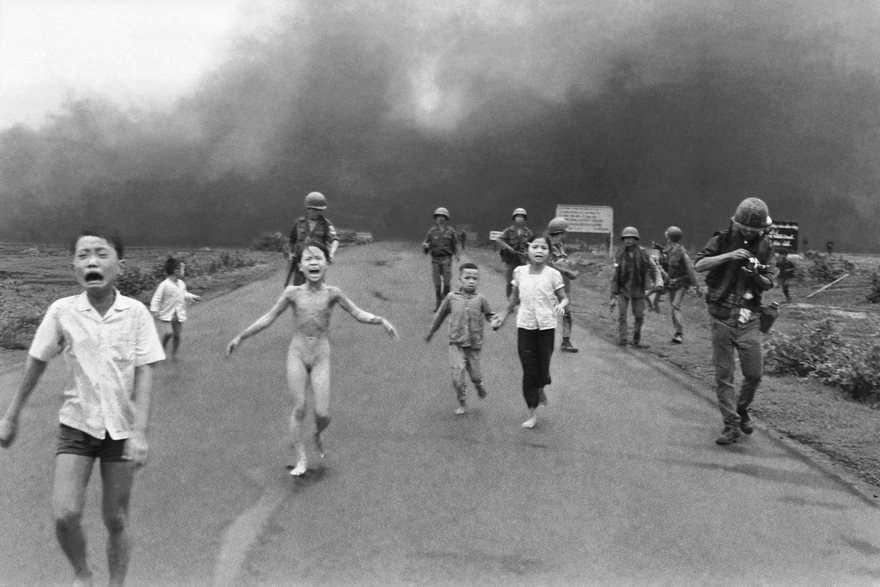
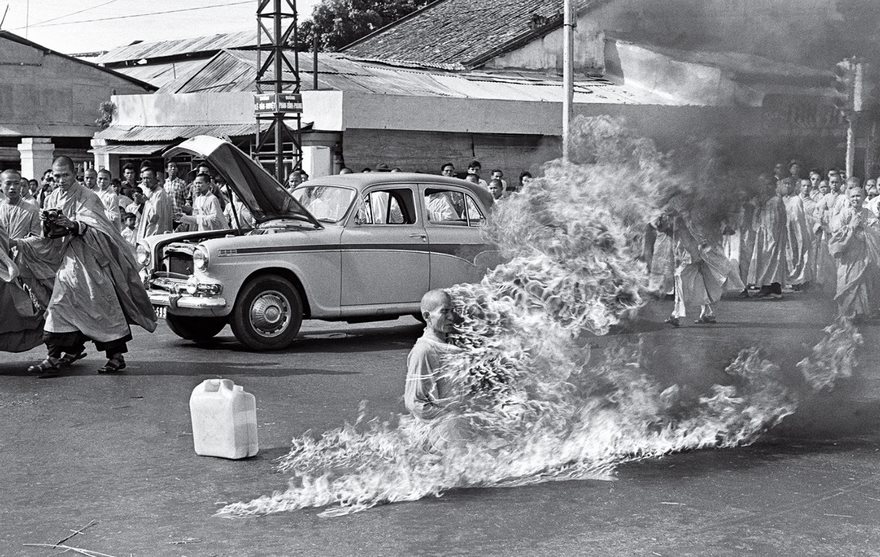


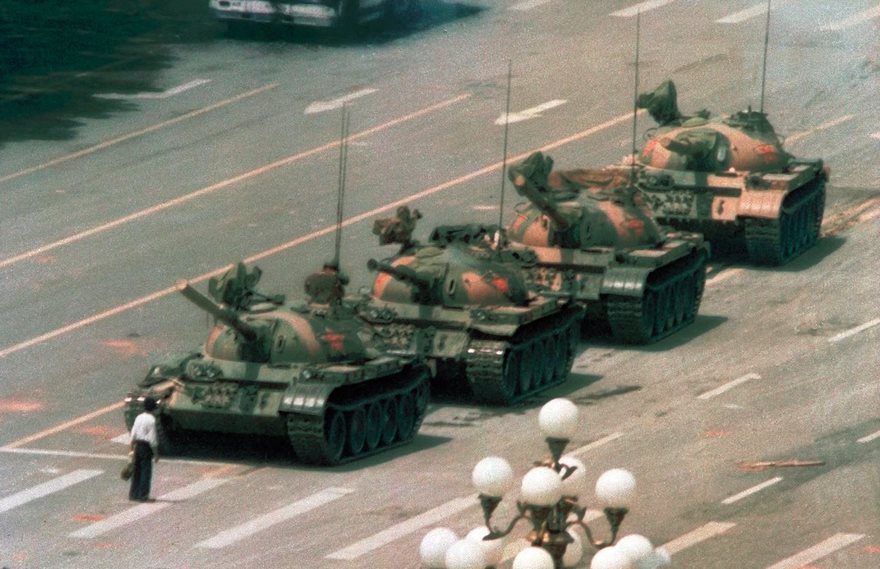
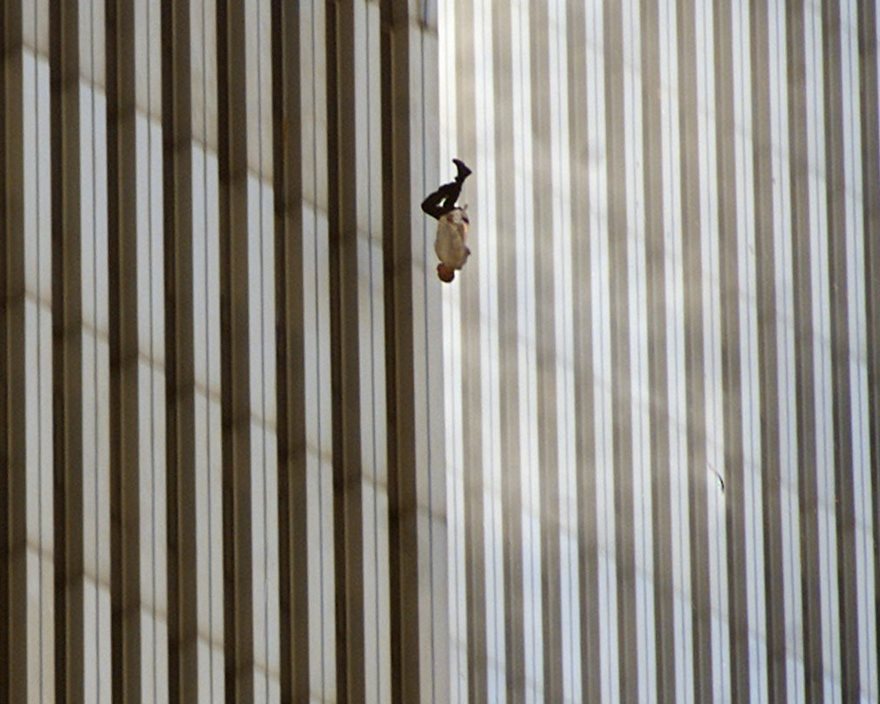
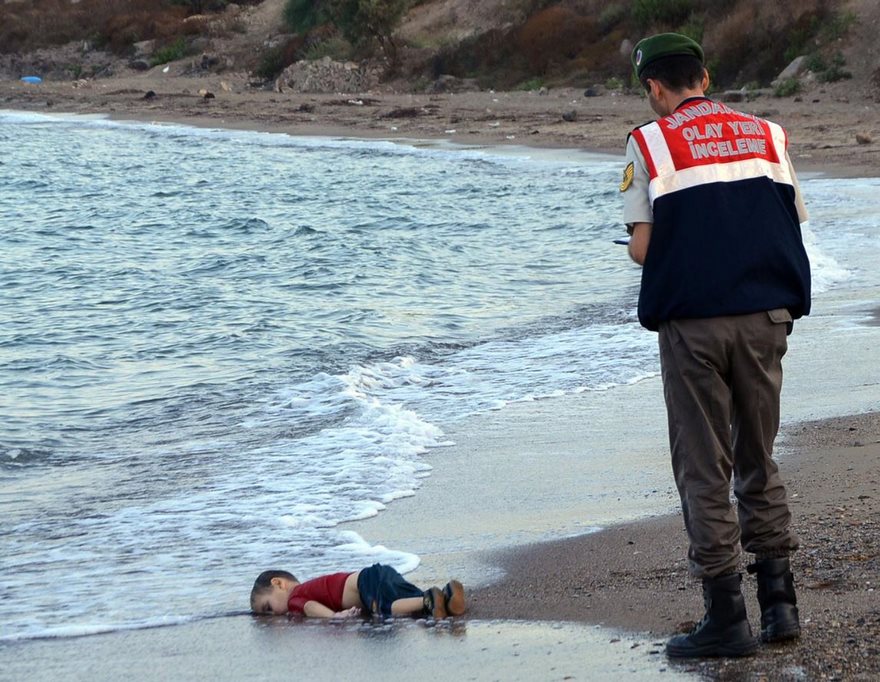
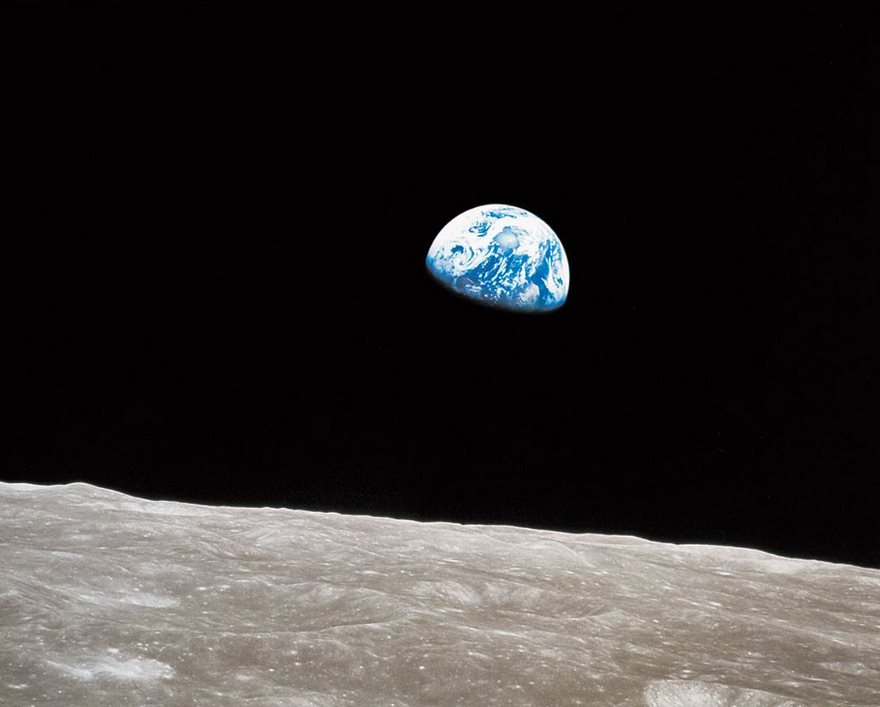
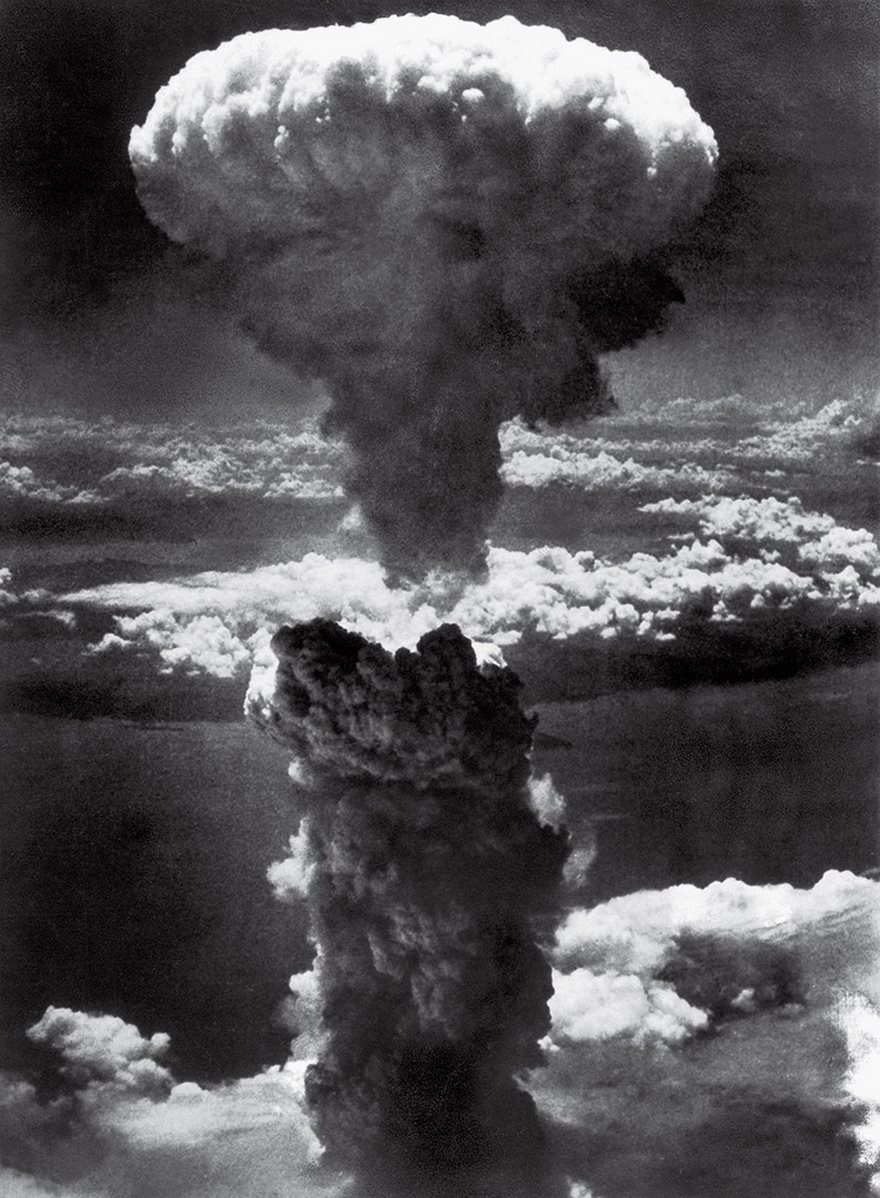
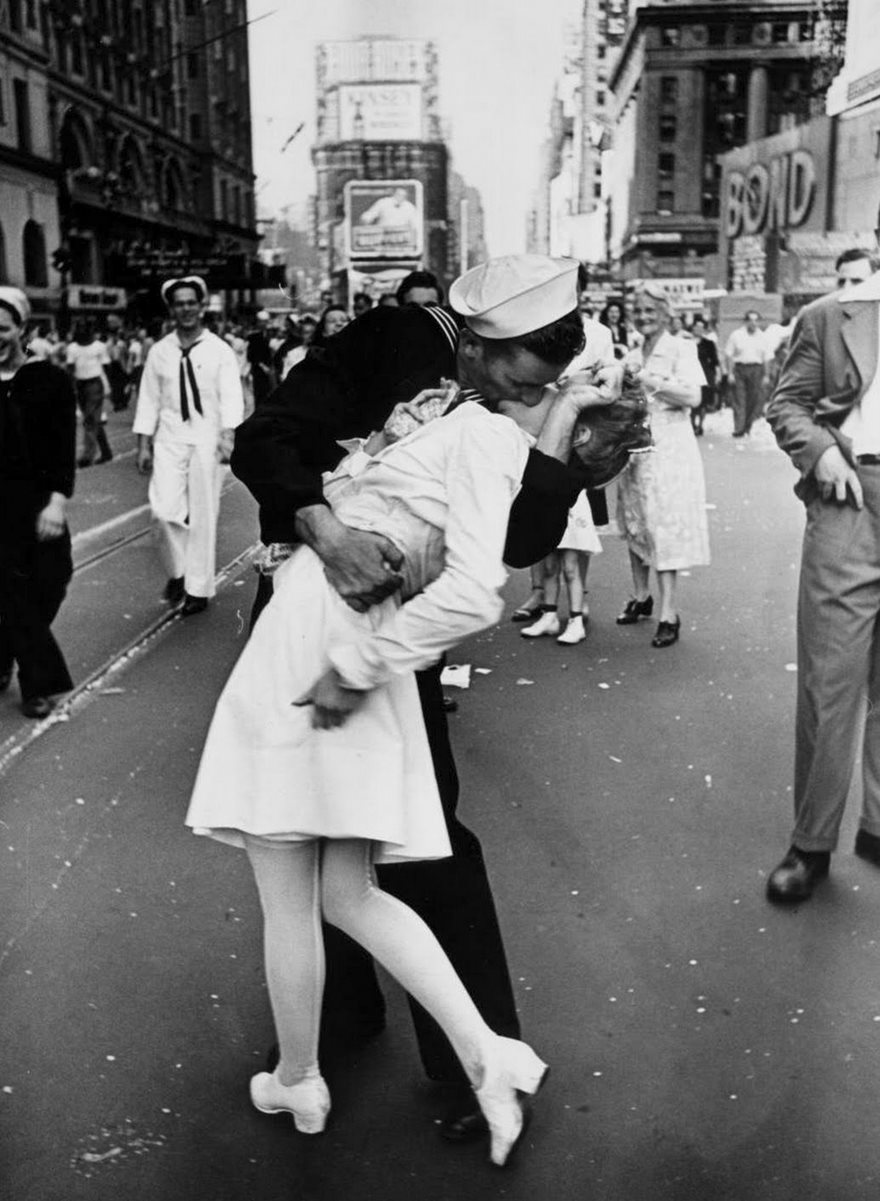
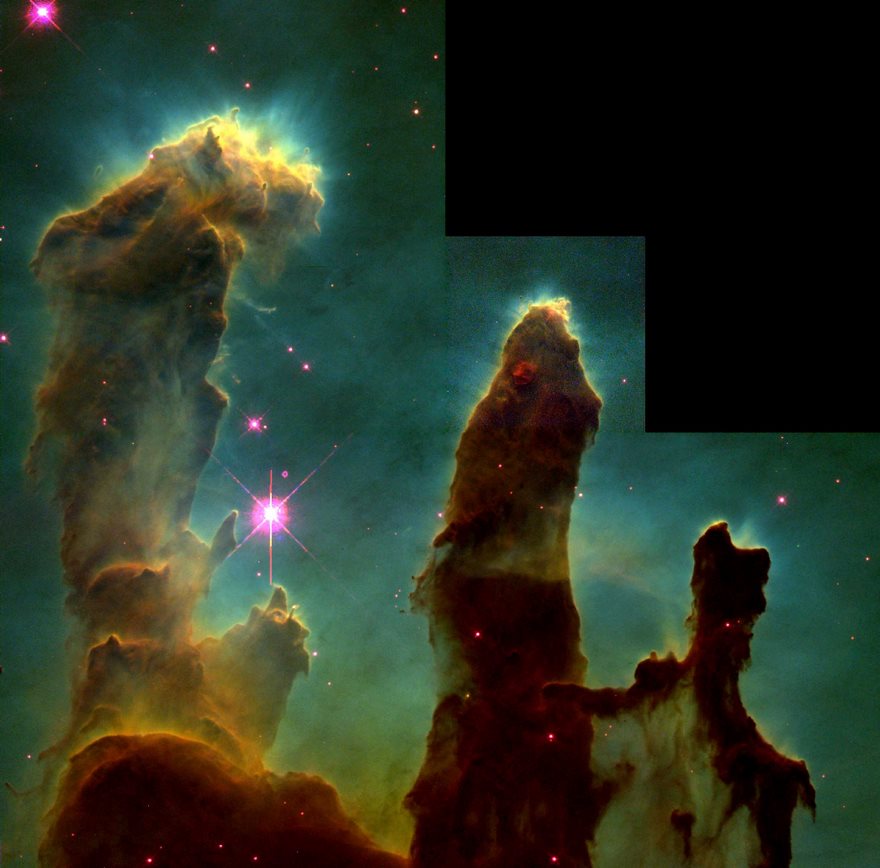
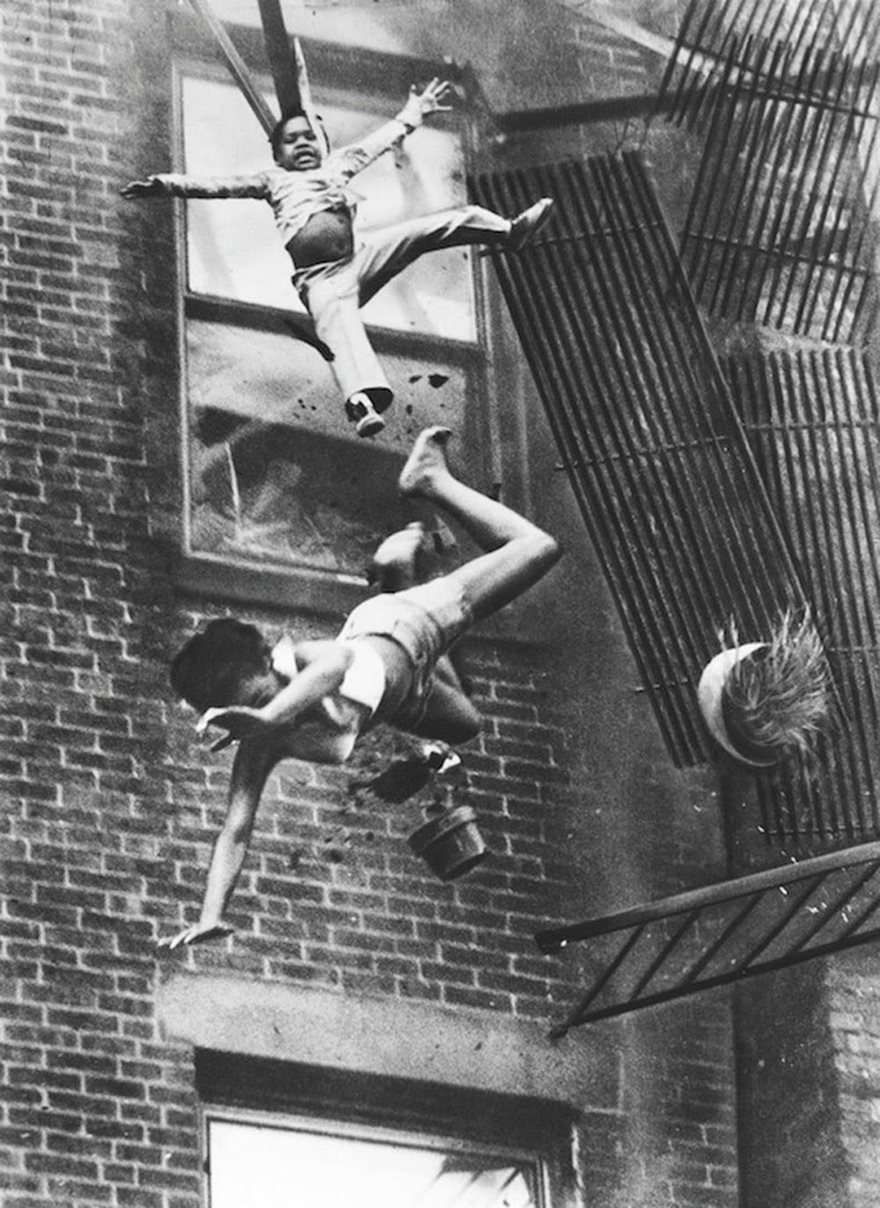
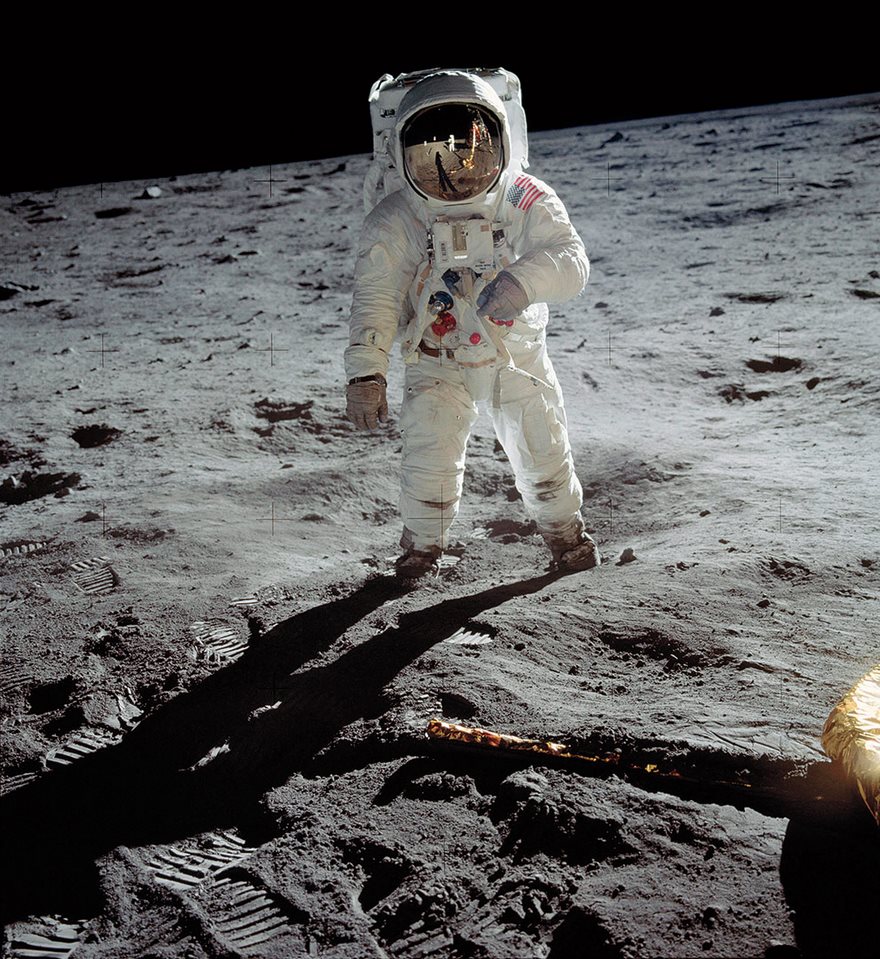

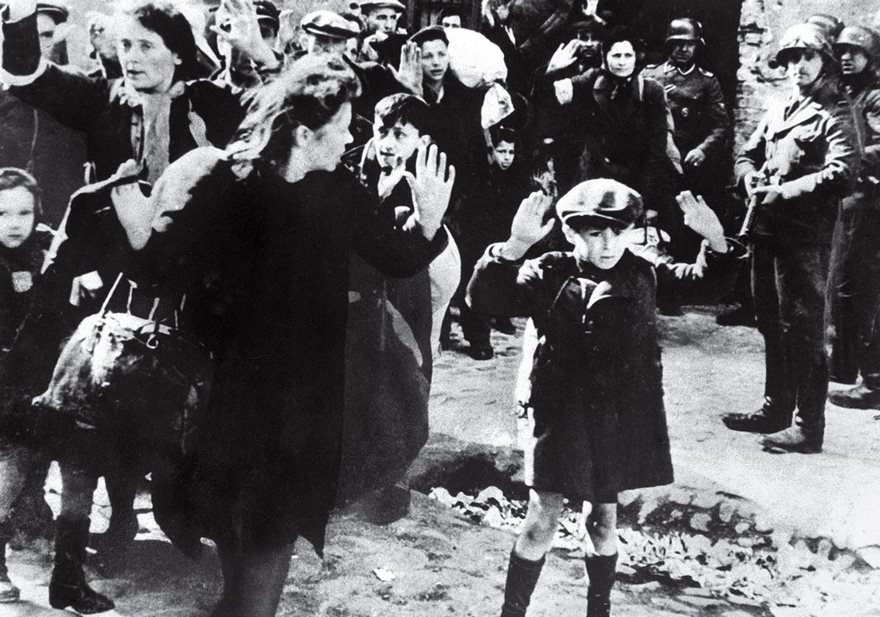
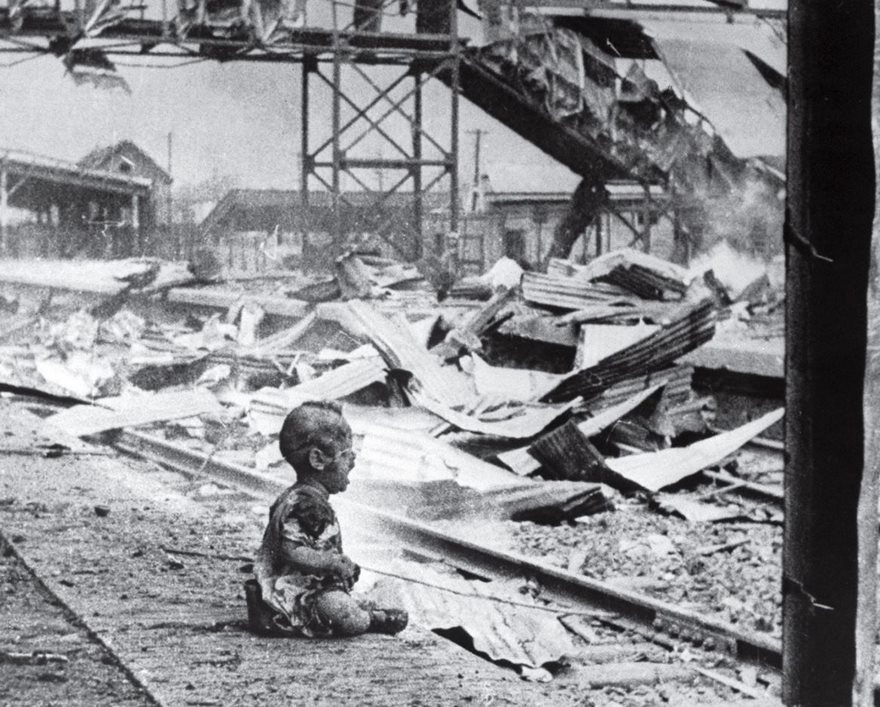
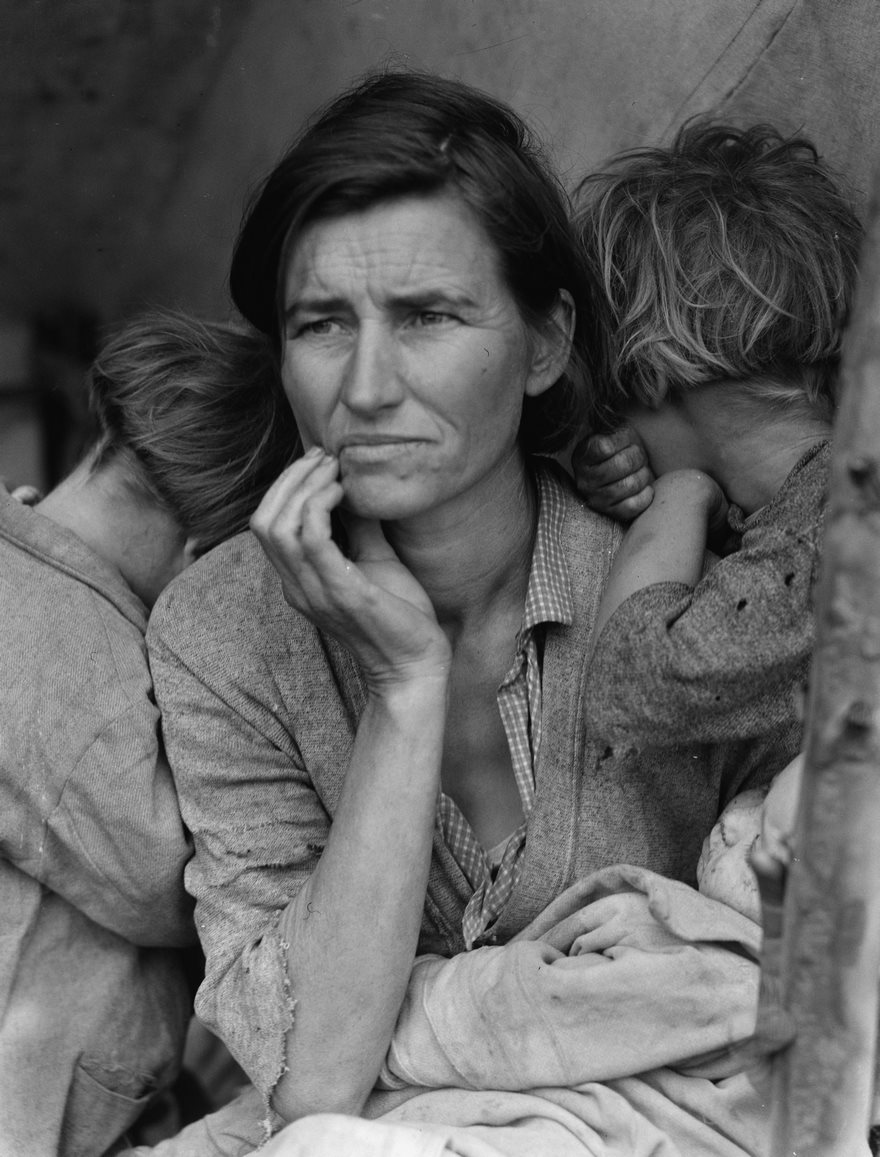
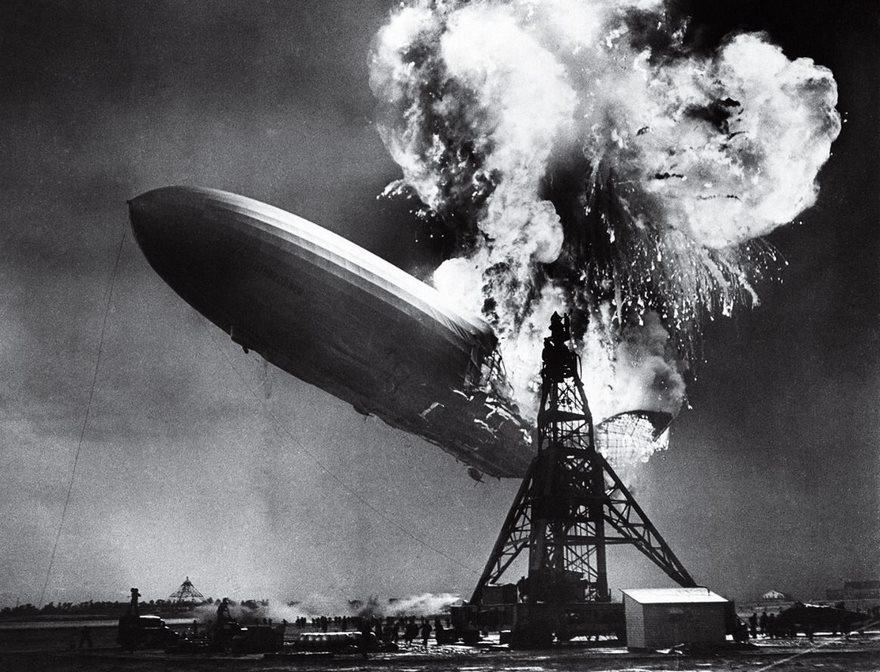
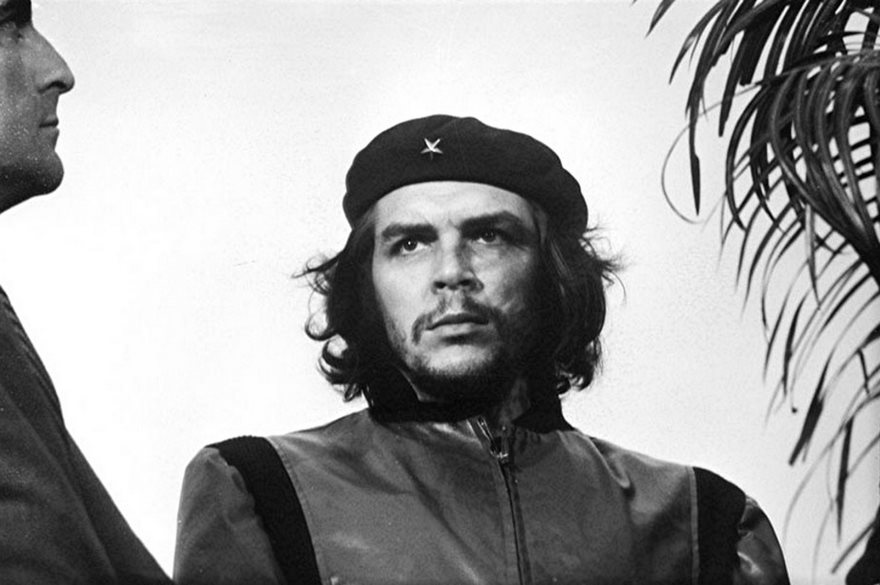

.jpg?mode=max?w=780)
